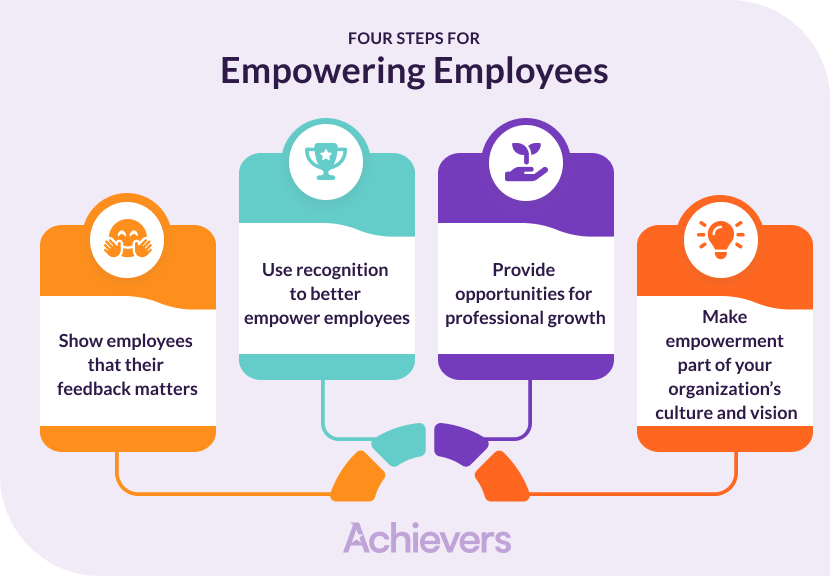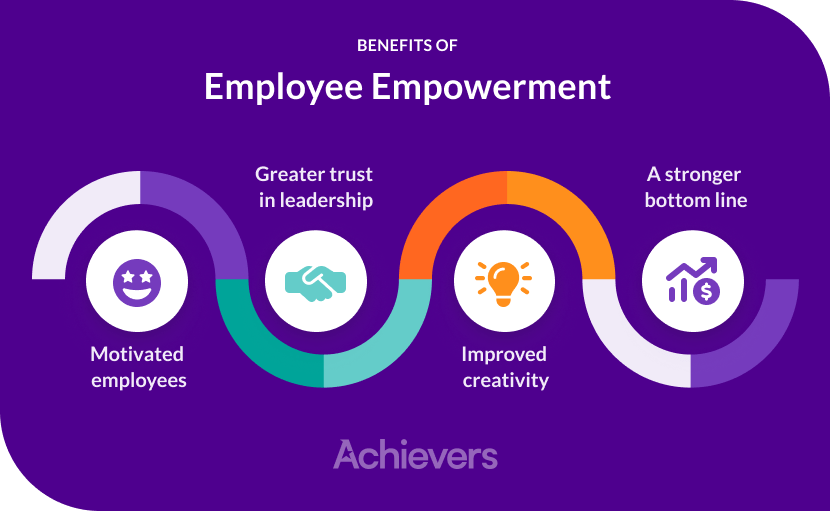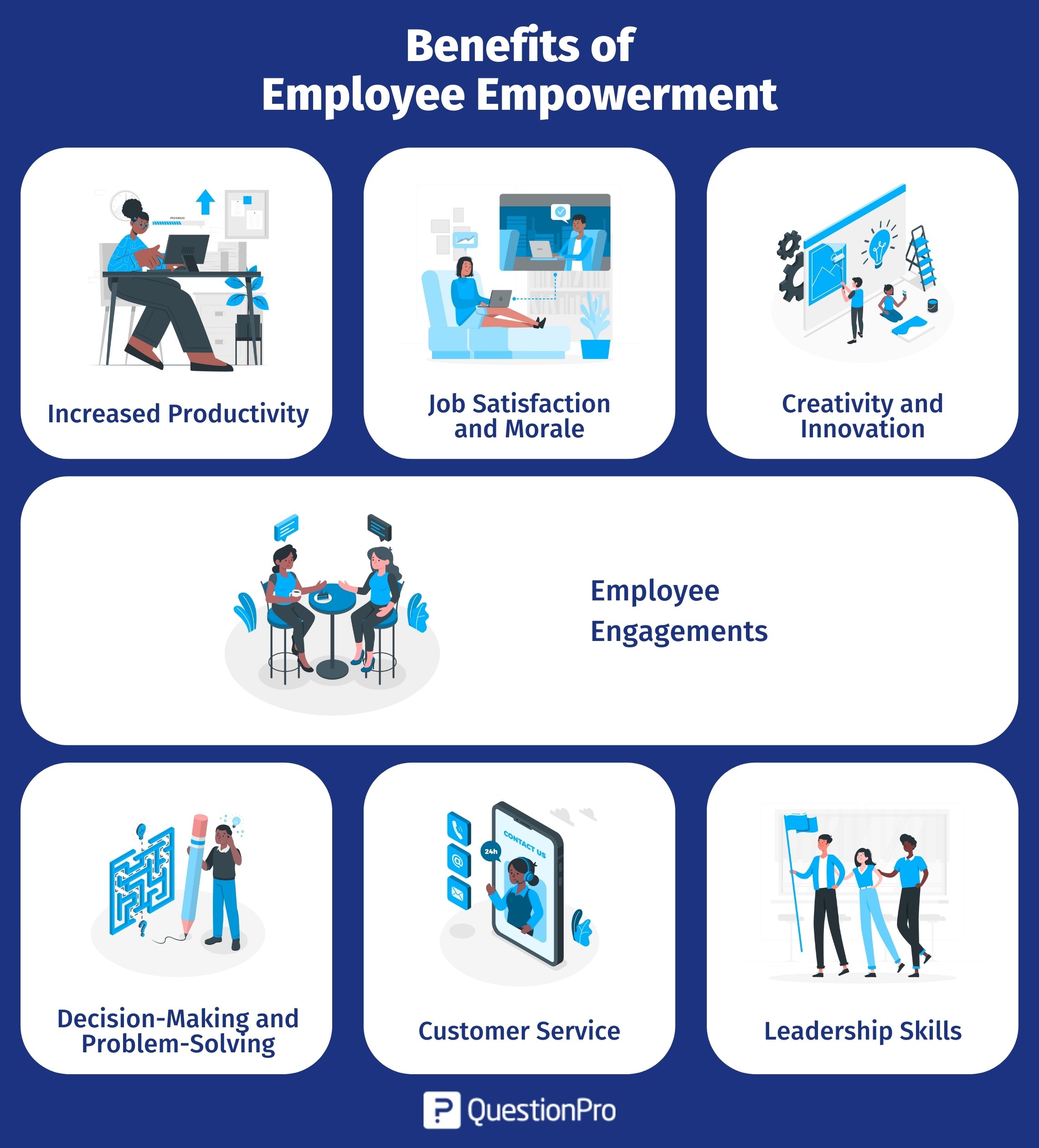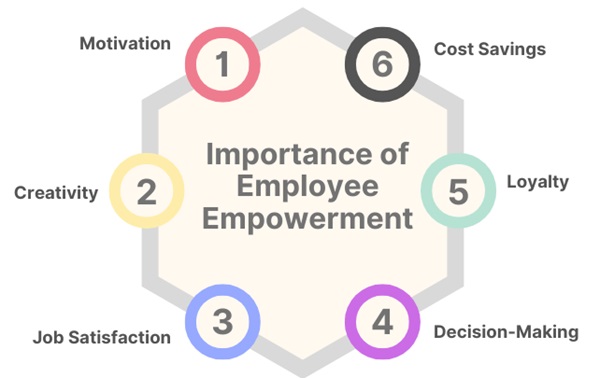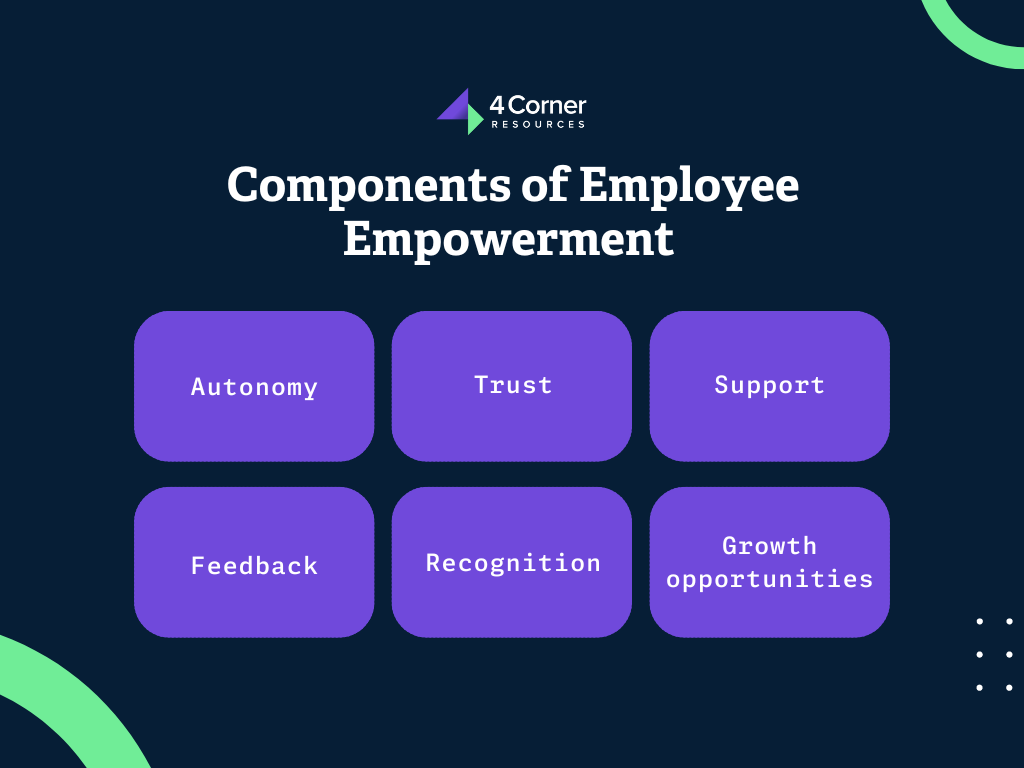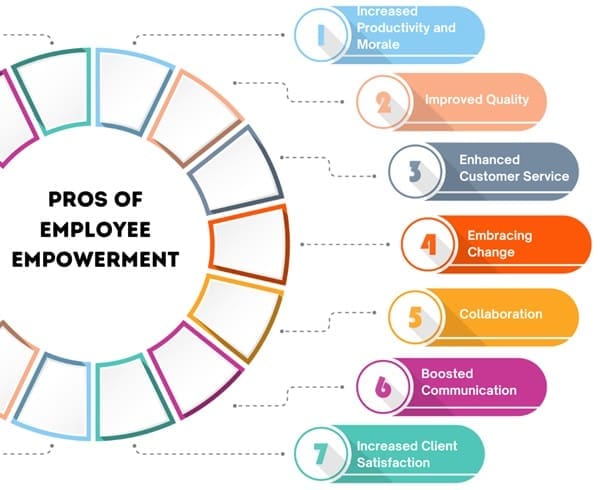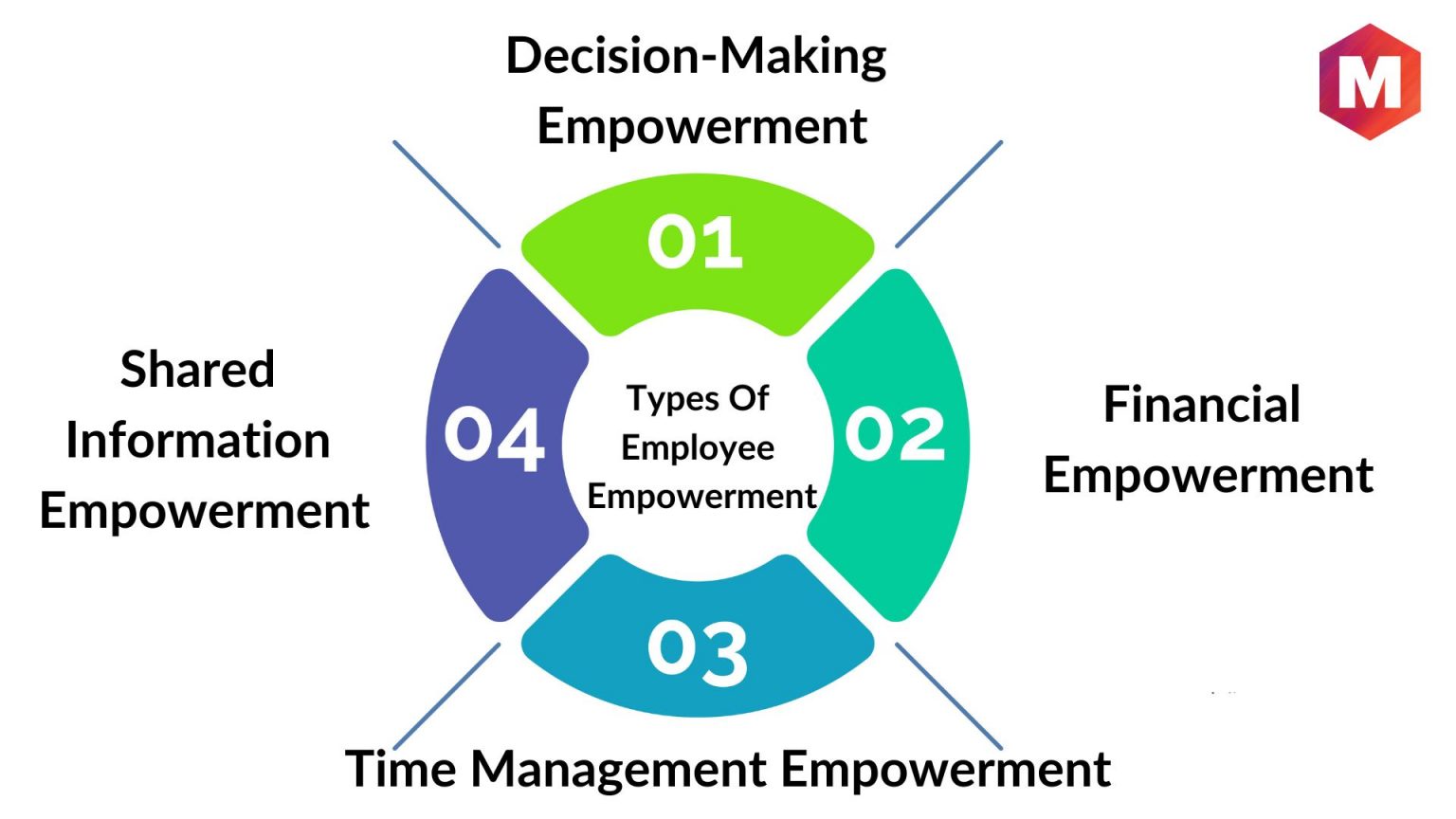What Is Necessary For The Success Of Employee Empowerment

Employee empowerment, a cornerstone of modern management, is failing in many organizations. Urgent action is needed to understand and implement the core components necessary for its success.
This article dives into the critical factors needed for genuine employee empowerment, moving beyond superficial implementation to address the foundational elements for organizational transformation. It addresses the "who," "what," "where," "when," "why," and "how" of successful empowerment, focusing on clarity and actionable strategies.
Leadership's Role: Trust and Vision
Leadership must champion empowerment. It's not just delegation; it's about building trust and sharing the vision.
A study by Gallup found that only 41% of employees strongly agree that they know what their company stands for and what makes it different from other companies. This suggests a significant lack of clarity in vision, hindering employee alignment and empowerment.
Leaders must be transparent about company goals and strategies to foster a sense of ownership among employees.
Clear Expectations and Defined Boundaries
Empowerment without clarity leads to chaos. Employees need defined boundaries and expectations.
According to a Harvard Business Review article, ambiguity in roles and responsibilities is a major obstacle to effective empowerment. Clarity on decision-making authority and accountability is paramount.
Each employee needs a clear understanding of their responsibilities, authority, and the resources available to them.
Training and Development: Equipping Employees
Lack of training is a major cause of empowerment failure. Employees need the skills to make informed decisions.
A Deloitte report highlighted that continuous learning and development are crucial for employees to adapt to changing business needs and to confidently take on empowered roles. Organizations must invest in training programs that equip employees with necessary technical and soft skills.
This includes technical skills, problem-solving abilities, and effective communication.
Open Communication and Feedback Loops
Communication is a two-way street for successful empowerment. Open dialogue and constructive feedback are vital.
Research by SHRM (Society for Human Resource Management) emphasizes the importance of creating a culture of open communication where employees feel safe to voice their opinions and concerns. Regular feedback loops help employees understand their performance and identify areas for improvement.
Encourage employees to share ideas, concerns, and feedback freely.
Resource Availability and Support Systems
Empowered employees require the tools and resources to succeed. This includes technology, information, and support.
Organizations must provide employees with the necessary resources, including technology, information, and support systems, to effectively carry out their responsibilities. A lack of resources can lead to frustration and hinder their ability to make informed decisions.
Providing access to necessary tools and data allows employees to take ownership of their work.
Recognition and Rewards: Reinforcing Positive Behavior
Recognize and reward empowered behavior. Acknowledge contributions and celebrate successes.
Employee recognition plays a vital role in reinforcing desired behaviors. A study by Bersin by Deloitte found that organizations with strong recognition programs experience significantly higher employee engagement and retention rates. Acknowledging and celebrating successes reinforces positive behavior and motivates employees to continue taking ownership.
This motivates employees and reinforces the value of empowered decision-making.
Measuring and Monitoring: Continuous Improvement
Track the impact of empowerment initiatives. Data-driven insights drive continuous improvement.
Organizations must establish metrics to track the impact of empowerment initiatives on key performance indicators (KPIs). Data-driven insights can help identify areas for improvement and ensure that empowerment efforts are aligned with organizational goals.
Regularly assess the effectiveness of empowerment strategies and adjust as needed.
Next Steps: Implementing Change Now
Organizations must prioritize these factors to reap the rewards of employee empowerment. Immediate action is critical.
Focus on fostering a culture of trust, providing clear expectations, investing in training, promoting open communication, ensuring resource availability, recognizing achievements, and continuously monitoring progress. The shift towards true empowerment demands a proactive and persistent approach.
The future of work depends on it.
